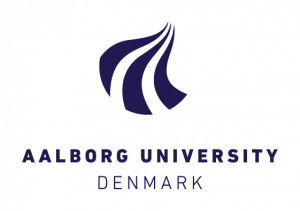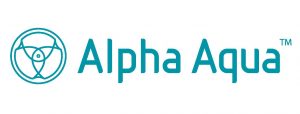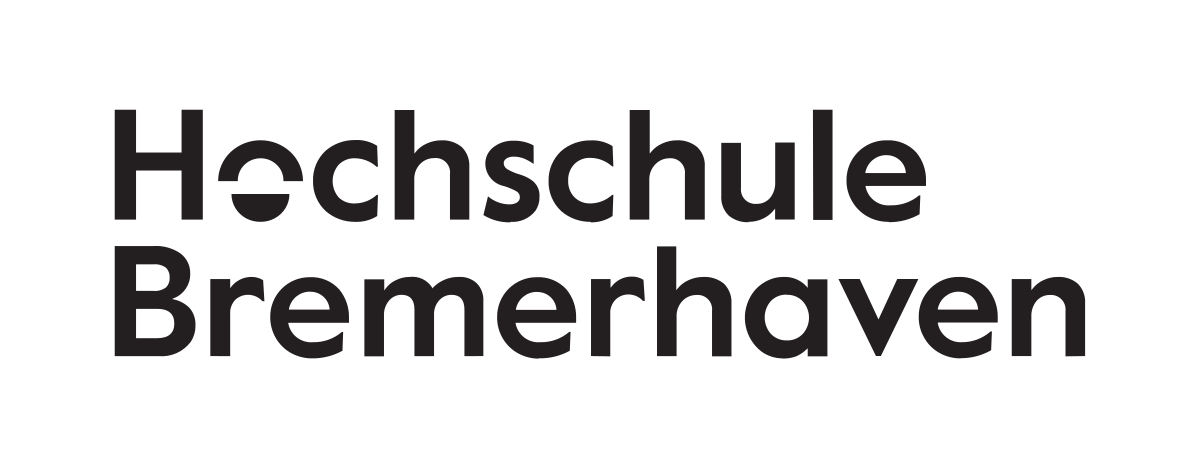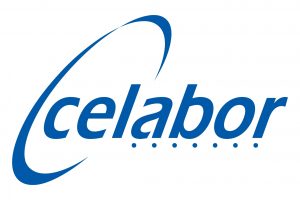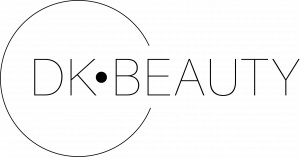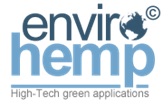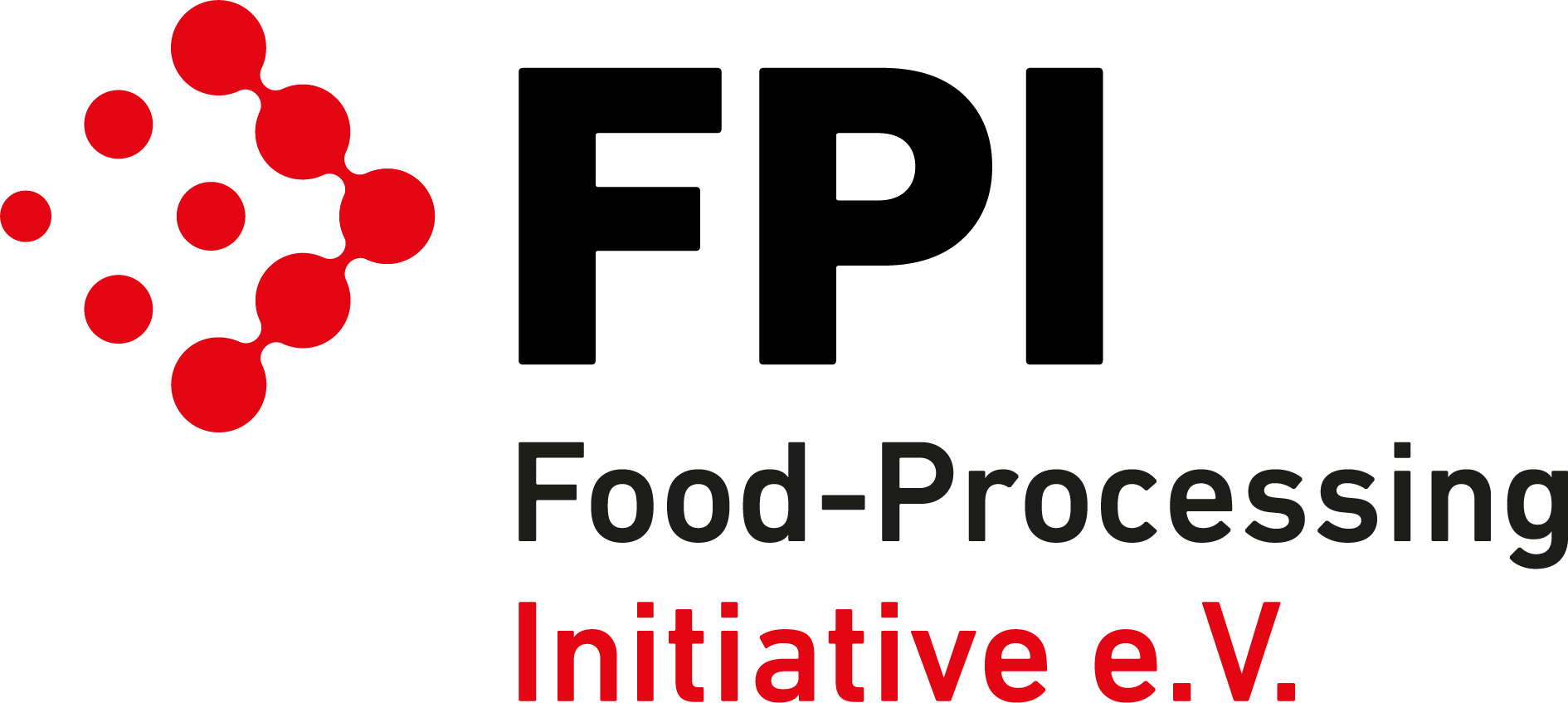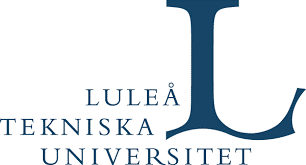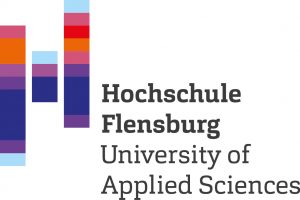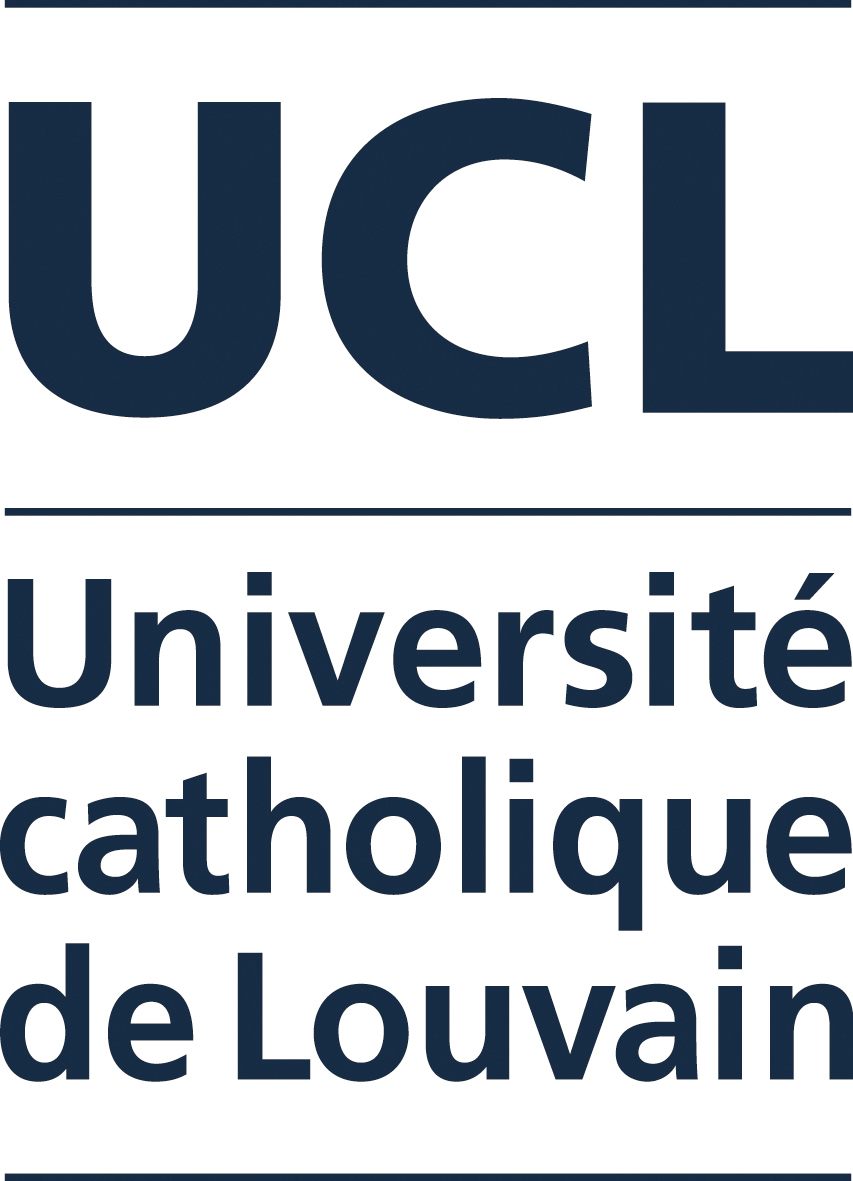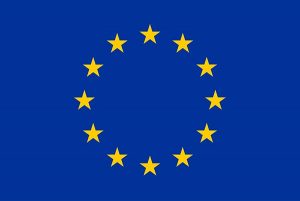AQUACOMBINE: Aquaculture set up ready for welcome the fingerlings
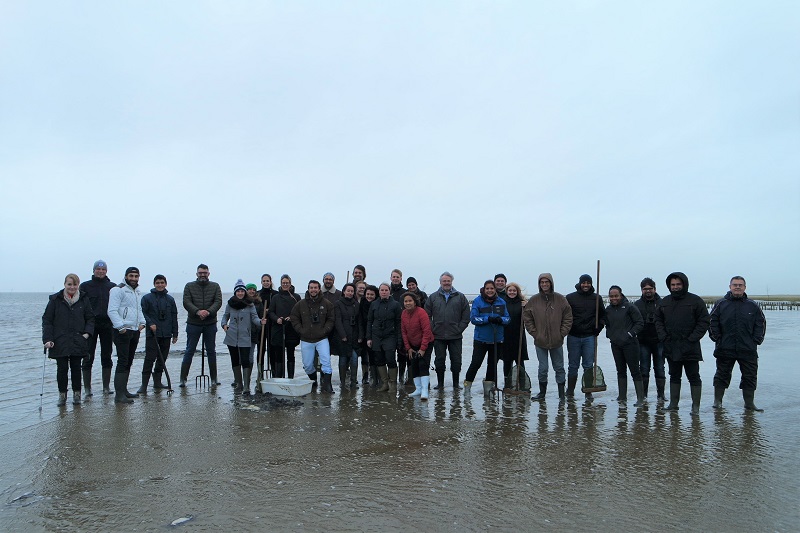
Due to Corona two years have passed since the consortium last met. Now two days of interesting presentations and inspiring talks lie ahead for the consortium members of AQUACOMBINE. After this wonderful experience, including a mudflat hike and oyster tasting, the whole team are motivated for the next project phase.
AQUACOMBINE: Promising results
All consortium members use the two-day face-to-face consortium meeting to present their project progress. Some of the results are very promising, such as research on the cultivation of Salicornia in an aquaponic system, protein and polyphenol content, use in food and feed, health benefits for fish and human skin.
The aquaculture facility is also ready to welcome the juvenile fish. That means the cultivation of Salicornia europea is going very well and the scientists at AQUACOMBINE can be supplied with Salicornia deliverance every second week. The next phase, fish fattening, will show how Salicornia will handle the fish manure.
The importance of personal meetings
The afternoon of the first day was all about interaction between the participants. Refreshed by a walk through the Wadden Sea, the participants were engaged in an active exercise. Among other things, they were asked to slip into someone else’s shoes.
This exercise was a good experience with a promising result. And one thing is for sure: online it would never have been possible to achieve such good results in such a short time.
The whole meeting made it clear that even in times of online communication, personal contact is important for the success of a project.
In the end, all participants agreed: AQUACOMBINE is another step closer to making this circular economy project a success.
Acknowledgement
This project has received funding from the European Union’s Horizon 2020 research and innovation programme under Grant Agreement No 862834. Any results of this project reflects only this consortium’s view and the European Commission is not responsible for any use that may be made of the information it contains.


